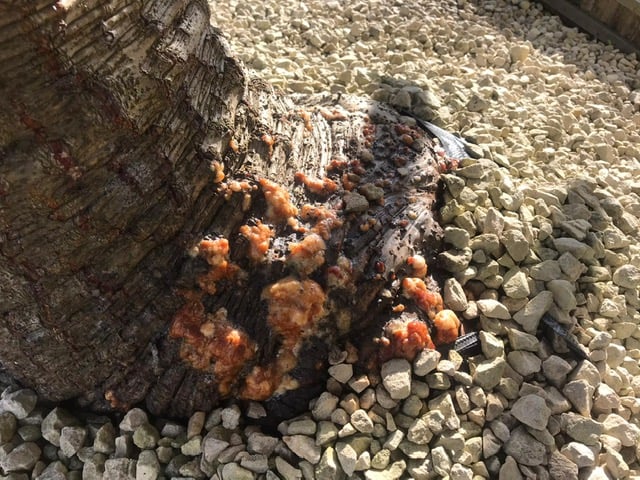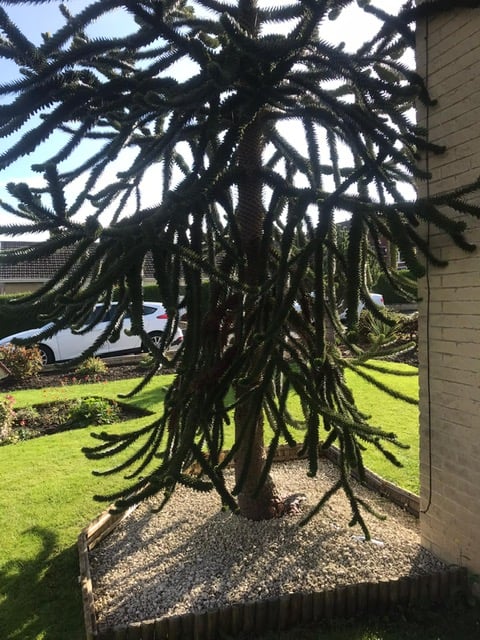This Forum will close on Wednesday 27 March, 2024. Please refer to the announcement on the Discussions page for further detail.
Help with a problem my Nan is having with her Monkey Puzzle Tree.
in Plants
I am hoping you can give me some advice on an issue my Grandma is having with her Monkey Puzzle Tree (Please see attached photos).
The tree is 30+ years old and has been in good health up until recently.
We noticed these lumps at the base last week and are sticky and seem very resin-like. We work on her garden once a fortnight and therefore I and my wife believe it must have appeared relatively quickly.
If possible please can you tell me what the issues might be with the Monkey Puzzle tree, how we can treat the problem and the prognoses for the long term survival of the tree.
Thank you in anticipation of your help.



0
Posts
Gardening in Central Norfolk on improved gritty moraine over chalk ... free-draining.
I'd agree there could be damage there which possibly hasn't been obvious, and is being hidden by that. It would be worth removing that and looking closer. They don't often succumb to many problems - they're very tough and trouble free in the right conditions.
I live in west central Scotland - not where that photo is...
Possibly the sewers/drains as well.
It's unlikely the weedkiller would have done any great damage, but the fungus may actually have been associated with the rose. It's perhaps worth looking into that as the source. I don't grow roses, so I can't help with that, but someone else might be able to offer advice.
If the tree is otherwise healthy and not showing any sign of succumbing in any way, it's possibly nothing to worry about.
I live in west central Scotland - not where that photo is...